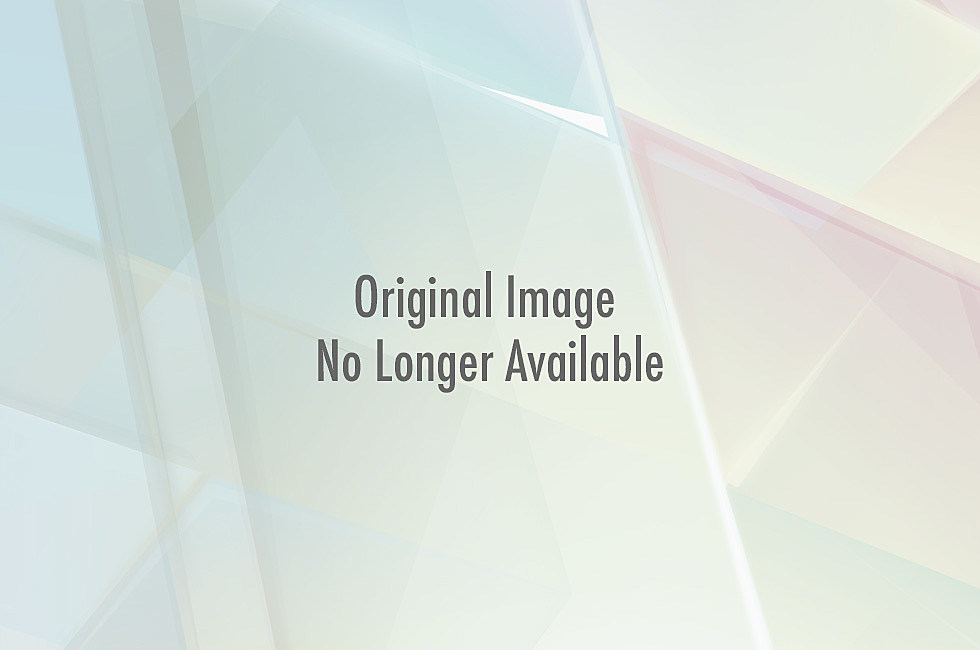 |
| Omar Sosa |
The past week or so, I’ve been thinking about some of the wonderful and not so great jazz concerts I’ve caught this year. It’s has been a banner year for jazz in Detroit both on the regional and on the national front. Last month, at Hill Auditorium in Ann Arbor, MI jazz piano player Ahmad Jamal put an unforgettable show only rivaled by Omar Sosa’s hit earlier this year at the Jazz Café.
Hometown jazz piano player Mike Jellick treated the Thursday night crowd at Cliff Bell’s in downtown Detroit to some hip and slick arrangements of some jazz classics beloved the world over. Jellick had two rising swingers on staff bass player Noah Jackson and drummer Jesse Kramer.
In May, jazz singer Naima Shamborguer rocked the St. Matthew and St Joseph Episcopal Church on Woodward Ave with selections from her new album ‘Round Midnight’. Jazz piano great Larry Willis was Shamborguer’s special guest. They had the statue of St. Matthew snapping its fingers and bobbing its head all concert long.
At the end of the year, I post a list of my favorite jazz albums. This year will be the first time I’ll post a favorite jazz concerts list. I decided to give my readers a preview of some concerts vying for a spot on my list. I've also pointed out some concerts that were disappointing.
Omar Sosa at the Jazz Café
This was the most memorable jazz set I’ve attended since I started writing about jazz in 1997. Old-school jazz critics and jazz journalists acknowledge Sun Ra and Dizzy knew how to put on a memorable show. I don’t doubt that one bit, but I doubt if Ra and Diz could captivate an audience for two sets like Sosa did. Sosa played the piano, keyboard and several percussive contraptions, blending Afro-Cuban jazz with bop, hip hop and some swing for good measure.
Ahmad Jamal at Hill Auditorium
At Jamal’s hit, I saw a lot of Detroit’s rising jazz musicians in the audience. I hope they took copious notes. Jamal show was a textbook demonstration of how a tightly knit band sounds. Jamal played mostly songs from his lengthy discography, which I expected. And drummer Herlin Riley was animated and outstanding as always. How good was Jamal’s show? He received three ovations, and had Jamal not obliged the audience with two encores chances are a riot might’ve ensued.
Kate Patterson at the Grosse Pointe Unitarian Church
Patterson has been battling Leukemia for sometime now. Patterson refuses to allow her illness to stop her from giving her fans 110 percent. Her annual concert at the Jazz Forum Concert Series has been the most anticipated and attended since the series started 22 years ago. Patterson is a beautiful old-school jazz singer who knows how to work an audience. Patterson served up songs from the American songbook, and she sang for an hour without coming up for air.
 |
| Pianist Vijay Iyer |
Bunky Green, Rudresh Mahanthappa, Vijay Iyer at the Power Center
Iyer is the top jazz piano player of his generation. That’s saying a lot because his generation includes Jason Moran, Marc Cary, Orrin Evans, Anthony Wonsey and a host of other fine jazz piano players. I had to contain myself from dancing in the aisle when Iyer played Michael Jackson’s “Human Nature”. As for Bunky Green and Rudresh Mahanthappa, their set was like watching a master and his protégé working out. Rudresh is the best alto saxophone player working. Yes, I know Kenny Garrett, Vincent Harring, Miguel Zenon and Wessell Anderson are on the scene, but neither compare to Rudresh in my book.
Bob Hurst at the Virgil Carr Center
Pound for pound Hurst is the top jazz bass player on the planet. His chops are on par with the great Ray Brown, Oscar Pettiford, and Sam Jones. Hurst has an impeccable track record, and he’s a wonderful composer. Hurst unveiled his new band drummer Karriem Riggins, sax player Marcus Miller and piano player Ian Finkelstein. Hurst’s quartet played material from his excellent albums “Unrehurst” and “Bob Ya Head”. This was a night of some solid jazz music. I would pay to hear this band every day of the week.
Jeff “Tain” Watts at the Charles A. Wright Museum of African-American History
“Tain” was the artist in residence for the Detroit Jazz Festival. Honestly, by the time the jazz fest opened, I was tired of seeing “Tain”. But "Tain's" set at the museum was star-studded and outstanding. Geri Allen, Bob Hurst, Nicholas Payton, were in “Tain’s” band. It’s impossible to put on a less than stellar show with that kind of muscle. “Tain” is the type of jazz drummer who likes to swing outside the box and he demands his supporting staff have the same mentality.
DISAPPOINTING HITS
Robert Glasper at the Jazz Café
I’ve been a fan of Glasper since Blue Note Records put out his first album “Canvas” in 2005. I was anxious to experience Glasper live. He showed up to the gig without a game plan and I guess he thought Detroit jazz fans who paid good money to hear him weren’t hip nor sophisticated enough to notice his trio was winging it. After the show, the promoter asked me what I thought. I told her the show was nice, which was my nice way of saying I wanted a refund.
Rafael Statin at Cliff Bell’s
My friends have been boasting about Statin for months, comparing him to James Carter, which I figured was overpraise. Statin doesn’t have enough mileage on his horn to be compared to a jazz giant like Carter. I was anxious to see if my friend’s comparison was accurate. Statin is a heck of a saxophone player and it was obvious he admires Carter, Kenny Garrett and John Coltrane.
So my friends were on the money in that regard. But Statin's presentation was a mess. Statin started late. He didn’t have a set-list prepared. The audience has to wait while the band agreed on what song to play next. And his band was unrehearsed. The solos his band members played her long and self-indulgent. At some point, he has to learn the bandstand is sacred ground not a playground
Bill Charlap and Rene Rosnes
I’m pissed at myself for attending Charlap and Rosnes’ hit instead of alto sax player Miguel Zenon’s. Zenon played the same night at the Detroit Institute of Arts. Individually, I’m into Charlap and Rosnes, but not together performing a duet. I’ve been going to jazz concerts for a long time and I’ve never walked out of one, but that’s what I contemplated doing at Charlap and Rosnes’ concert. The concert was a major bore equivalent to watching two piano players killing time practicing.












